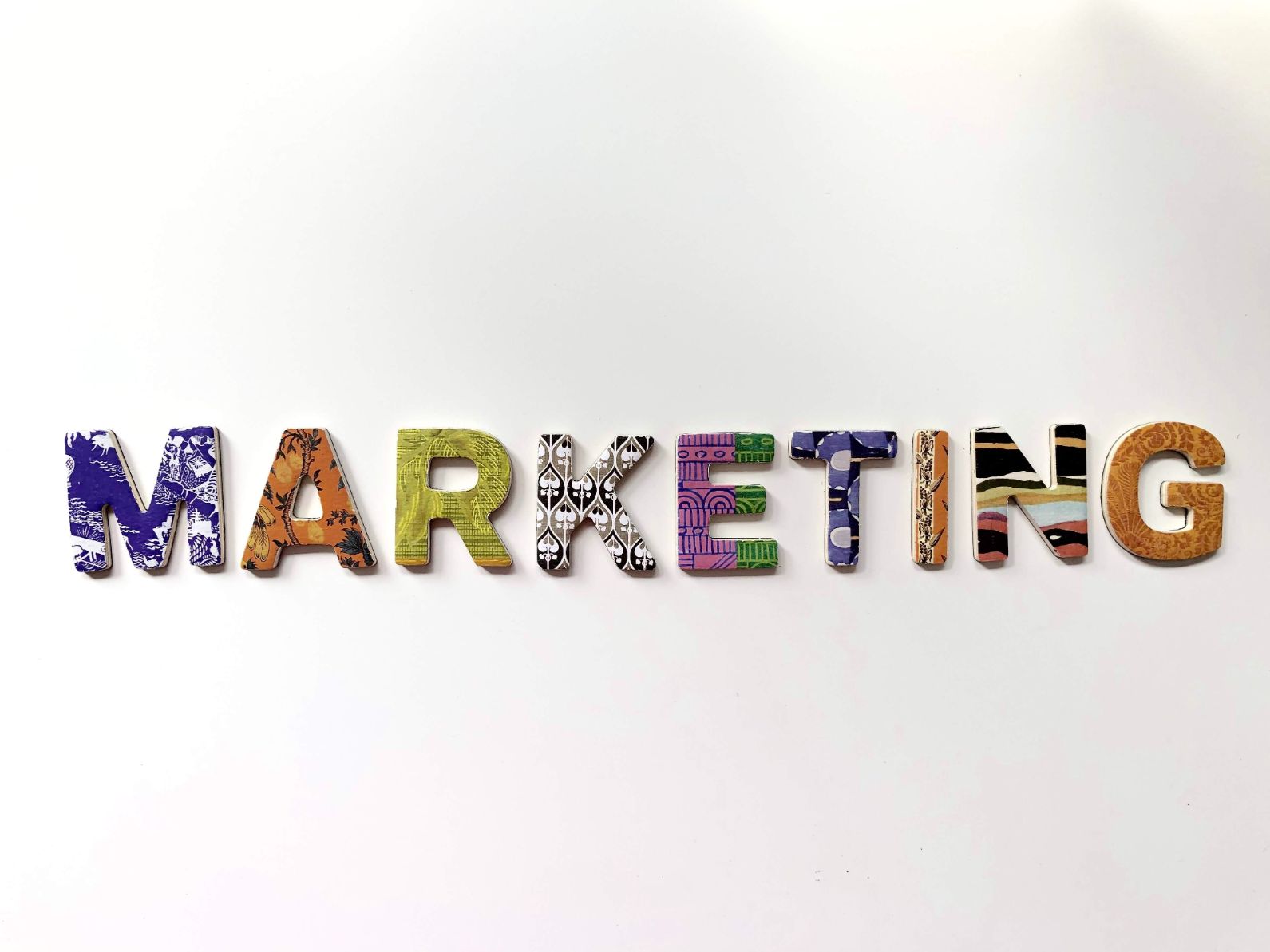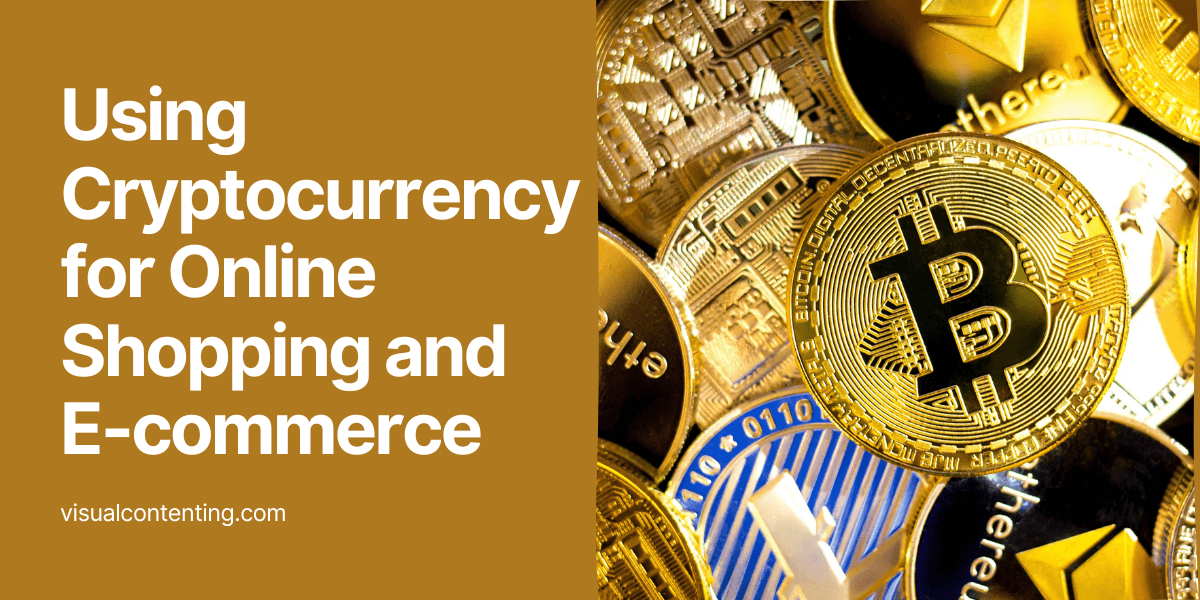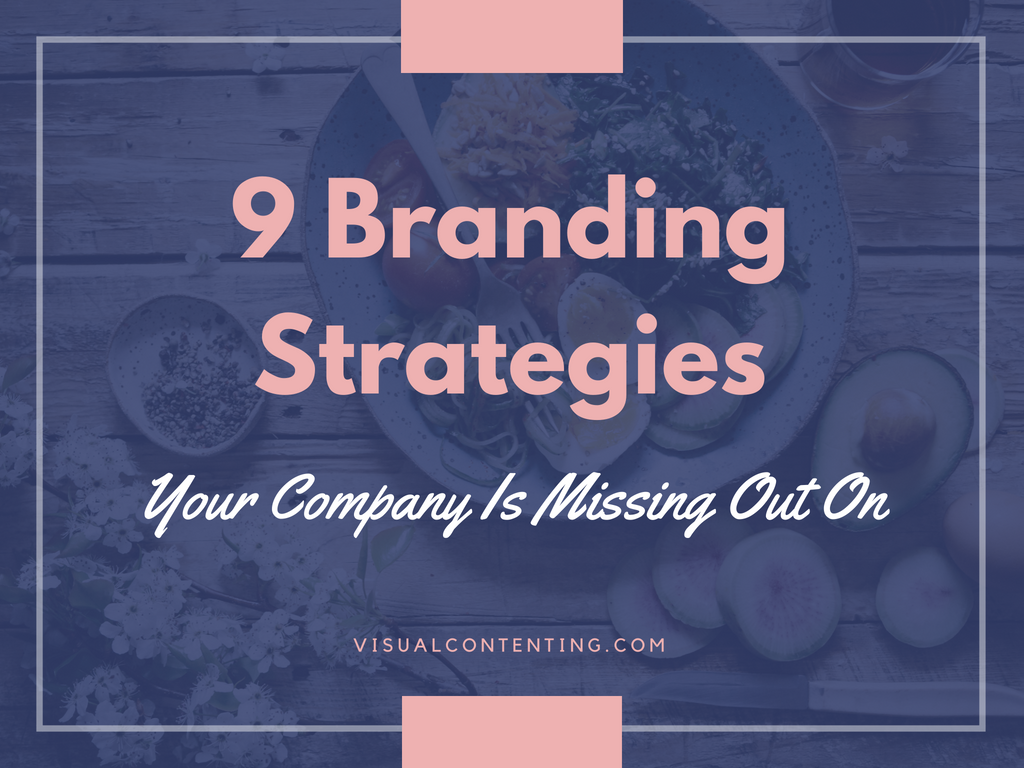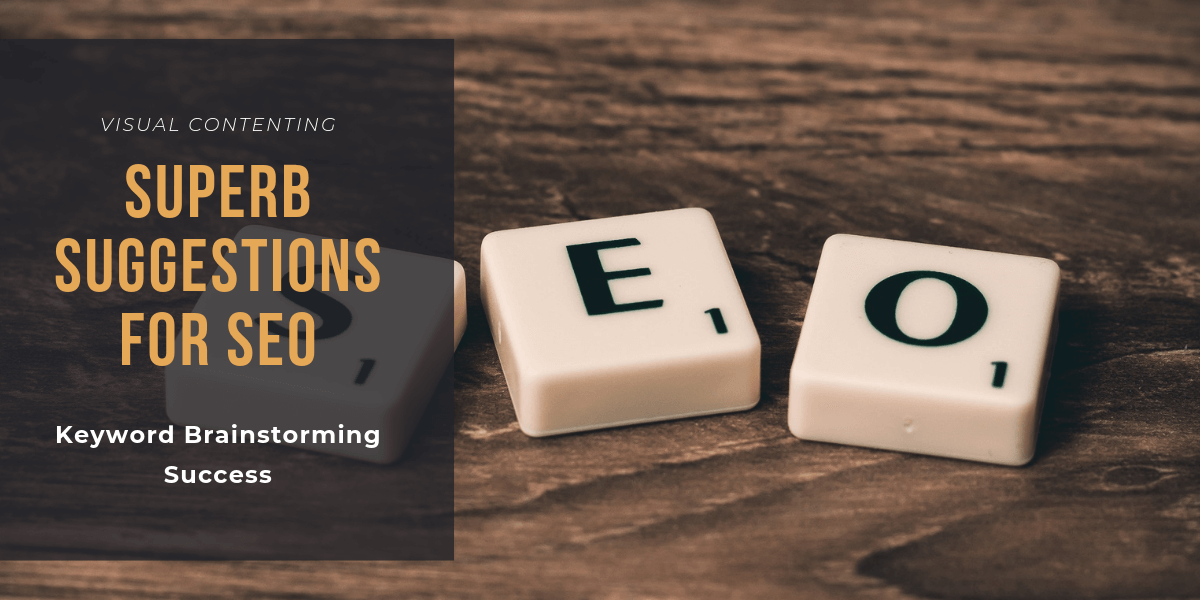The marketing industry is like most others in that the COVID-19 pandemic drastically affected how marketers do their jobs and how they appeal to customers. Many analysts say that things will never go back to the way they were before the coronavirus hit. Instead, people will adapt to a permanent new normal. Here are seven ways the pandemic permanently affected marketing trends, marketing professionals' jobs and people's purchasing priorities.
1. It Urged Marketers to Pay Attention to New Shopping Habits
When a study asked U.S. consumers how the coronavirus permanently changed how they shop in stores, the top answer was that they sanitize their carts and baskets. The next most popular answer was that people keep their distance from others while shopping. These findings suggest that marketers need to emphasize safe shopping strategies as much as they once called attention to new product lines or buy-one-get-one-free sales. Many people are willing to return to stores despite the coronavirus infection risk remaining present. However, if they see or even perceive that a store has not taken the necessary steps to boost safety, they'll likely shop elsewhere with outlets that have such measures implemented. Marketers that show how keeping customers safe is a top-of-mind concern should find it easier to succeed in the post-COVID-19 landscape.
Recommended: 5 Strategies to Battle Shopping Cart Abandonment
2. It Forced Marketers to Adapt to Different Consumer Priorities
The coronavirus highlighted new consumer priorities. A report shows that many of those marketing trends could be here to stay. The document profiled the responses of people polled from April 2-6, 2020. It indicated that 68% of them would permanently shop in ways that limit food waste. Moreover, nearly half of the respondents said they would forever be more cost-conscious when buying things. These conclusions mean that marketers must tweak their efforts to better cater to what people want most. For example, when promoting a new food product, they may call attention to how it has a longer shelf life than competing products or that it comes in five individual portions for people who want to take the item with them to work or school. Angling a product towards people who pay attention to price may mean redesigning a package to say how it offers a two-week supply or that the container provides 50% more of the item for the same cost as the smaller package. The goal is to convey to customers that the product is a good buy. Marketers can do that by discussing how the item reduces the likelihood of waste or helps consumers spend wisely as a start.
3. It Encouraged Marketers to Look Beyond Conventional Live Events
Large gatherings — such as concerts and sporting events — give marketers opportunities for sponsorship and advertising. Similarly, when looking at live events like conferences and seminars, marketing professionals can promote their products through trade show booths, keynote speeches and demonstrations. However, a recent poll found that people are in no hurry to return to large events. It showed that most people who typically attended concerts, movies, sports matches and amusement parks would not resume doing so until scientists develop an effective vaccine. A more worrisome finding was that some respondents may never attend such events again. The music industry responded especially quickly, with many artists now holding virtual events. On the conference side of things, gatherings that did not get canceled due to the COVID-19 outbreak frequently went virtual instead. Some people weighed in to say that keeping things that way makes sense for many reasons. They say it increases access from people who cannot afford to travel or avoid it due to the environmental impacts. No matter what, marketers need to be at least open to permanently changing how they handle live events.
4. It Let Some Marketing Professionals Work from Home Forever
As the coronavirus caused lockdowns around the world, companies made the shift to remote work for many — and even all — workers. The internet was particularly helpful to small businesses since it helped them launch or improve websites and use cloud computing apps to increase collaboration despite the distance. Marketers experienced the benefits, too, especially as analytics apps, teleconferencing tools and other resources helped them stay on top of things from home. Some marketing professionals will keep working from home for good, even after the worst of the coronavirus passes. Jack Dorsey announced that employees at Twitter could work from home for good. He made the same decision for people at Square. Dorsey is the CEO of both companies. The option to keep working from home is not necessarily the best for every person in the marketing sector. These professionals may find it hard to stay motivated while at home or realize how much they miss the communal atmosphere at an office with peers. Others may find that working from home poses too many challenges, especially if they have young kids in the household or cannot get reliable internet access. Even so, the push towards at-home work will help marketers explore new ways of getting stuff done.
5. It Made Most Marketers Anticipate Lasting Branding Strategy Changes
Marketers in many industries are feeling the pinch of downturns brought about by COVID-19. One report showed that 42% of marketers decreased their marketing campaigns due to COVID-19. A quarter of the people in that group said they did so significantly. Another finding from that document showed that 13% believe the coronavirus will have a permanent impact on branding strategies. Only 13% believe the coronavirus would have a short-term effect. The majority (57%) expect a lasting influence, but not a transformative one. The rest remain unsure of what the future holds in this regard. An analysis published elsewhere focused on the main themes different industries chose to highlight during the pandemic. For example, car companies discussed deferred payments and free pickup or delivery for shoppers who bought cars online. At the same time, internet tech and wireless communications addressed needs by mentioning reliability and secure connections. These shifts could remain, especially as people adjust to new ways of life due to COVID-19.
Recommended: How to Build a Foolproof Communication Strategy for Your Brand
6. It Pushed the Marketing Industry to Facilitate Online Shopping
Brands without an online presence scrambled to catch up as the pandemic triggered widespread lockdowns. Businesses are starting to reopen in many places, but a survey of Americans found that many of them will increase their time spent shopping online anyway. The data showed that 45.1% would permanently change their shopping habits to spend more money online. The segment increased to 50.4% in the 30-44 age group. These findings mean that marketers should continually examine how to make it easier for people to shop online. That may mean redesigning a website or offering more buying options, such as by letting people select and pay for items online and pick them up in stores. Despite the growing interest in shopping online, some brands still do not have websites. Primark — which operates stores in the United States, the United Kingdom and nine European countries — is a prominent example. Reports emerged several years ago that executives decided e-commerce did not support the brand's rock-bottom pricing strategy. Other brands determined they could not avoid operating online any longer, and that's one of the marketing trends likely to continue.
7. It Altered Consumer Behavior Trends Associated with Shopping and Buying
One consumer buying study split respondents into several groups according to how — or if — they would change their consumer-related tendencies in the post-coronavirus world. The categories included options like "get to normal," "back with a bang" and "stay frugal." There was also a "cautiously extravagant" category of people who plan to spend more on things that are important to them but do it carefully because they expect a global recession. The statistical breakdown showed that 45% of the cautiously extravagant segment think that how they shop will change forever. Then, 38% of the people in that group believe they'll have permanent changes in what they buy. Marketers should keep in mind that 62% of the cautiously extravagant group would be more likely to purchase things from brands that are doing good things for society. Plus, 29% said they would pay more for brands that contribute to communities.
Recommended: 5 Proven Ways to Reduce Shopping Cart Abandonment
Marketing Trends in Flux?
These seven trends here are statistically backed up as changes that could last forever. However, today's marketers should remember that the coronavirus made many aspects of their work uncertain, and the unknown elements could extend to the statistics mentioned here. Even though consumers brought up the things above as permanent changes, they may change their minds later. For example, a person who recently lost their job or might soon find it impossible to imagine doing anything other than spending frugally for the rest of their lives. If they eventually land a well-paying position, they may think differently. Marketers must remain flexible and ready to adapt throughout their careers. Taking that approach makes them best able to respond as consumer trends fluctuate.
Related Posts
Devin Partida writes about topics concerning tech and the internet. She is also the Editor-in-Chief of ReHack.com.






